The spring of the year is an undeniably beautiful time to immerse yourself in nature. Trees begin blooming, the landscape starts taking on a more colorful appearance, and wildlife of all types flourishes. Spring also ushers in the yearly fawning season, where does birth their young of the year.
While most does give birth to two fawns per spring, the occasional set of triplets is not unheard of.
As wondrous as the spring fawning season can be, nature can be rather cruel at times. On occasion, fawns are orphaned due to vehicle strikes or disease, leaving them without the guidance they so desperately need to survive.
This leads many to question whether or not another doe will adopt an orphaned fawn when the unfortunate occurs. The answer is yes. Does have been known to “adopt” fawns that are not their own.
Contents (Jump to Topic)
ToggleLeading Causes Of Maternal Doe Mortality
A fawn can find itself orphaned due to a number of unfortunate circumstances. Wild deer are prone to a host of dangers on an ongoing basis, making them susceptible to early mortality.
This makes it inevitable that the occasional fawn will be orphaned due to the loss of its mother.
Few causes of maternal doe mortality are more prominent than vehicle strikes. Deer are naturally susceptible to vehicle strikes due to their limited depth perception.
read.. responding to injured wildlife
It is often theorized that deer are unable to determine the distance at which a vehicle’s headlights are seen until moments before a collision. This, in turn, places them in harm’s way, when crossing roadways.
The onset of disease also accounts for a relatively high percentage of death in maternal does.
While significantly less common than death from vehicle strikes, even healthy people succumb to illness occasionally.
A doe’s body is under incredible stress in the weeks leading up to, and directly following fawning, causing increased susceptibility to diseases like Blue Tongue (Hemorrhagic Disease).
A small percentage of does are also killed yearly by other means, including predation and environmental hazards, such as becoming entangled in fences. No matter the cause of a doe’s death, her fawns are still left to carry on in her absence.
Adoptive Does
Luckily, there is somewhat of a happy ending to this story. Does have been known to “adopt” fawns that are not their own.
For many orphaned fawns, this serves as the ultimate life-saver, as they are provided the guidance that they desperately need during the first weeks and months of life.
It is believed that this adoptive nature arises out of a doe’s natural maternal instincts. During the greatest portion of the year, does are grouped together in family units where they feed, bed, and watch for danger as a group.
For this reason, it seems that most does will take notice of fawns that seem to be without maternal guidance and shelter them as necessary.
In the bulk of cases, orphaned fawns are adopted by does that already have fawns of their own. This is due to the fact that these does are already ripe with maternal instincts and accepting of the responsibility that comes with nurturing their own fawns.
These does are also actively producing milk, which fawns depend upon for survival during their first weeks of life.
The above scenario is almost always the case when one observes a wild doe with four fawns. Even under the best of circumstances, wild does only prove capable of conceiving up to three fawns at any given time, and even this is quite rare.
Therefore, the four fawns that are observed are likely to consist of two biological fawns and two orphaned fawns that a doe has adopted as her own.
Orphaned Fawn Survival Doe
The survival rate of an orphaned fawn is highly dependent upon a handful of factors. The first of which centers around whether or not a particular fawn is adopted by another maternal doe.
Those that are, fare far better than those forced to persevere without guidance.
In fact, a fawn that has yet to begin eating a solid diet will almost certainly die without finding another source of milk.
Another factor influencing the survival rate of an orphaned fawn relates to whether or not the adoptive doe in question proves capable of producing enough milk to feed the additional fawn.
Some does naturally produce less milk than others, making it nearly impossible to feed additional fawns outside of those that they birthed.
This can lead to higher fawn mortality due to starvation and disease.
The survival rate of an orphaned fawn is also dependent upon an adoptive doe’s maternal instincts. Some does are naturally more adept at taking care of their young and watching over them without compromise.
On the other hand, young does tend to be less adapted to life in a maternal role, which can prove detrimental when taking care of additional fawns.
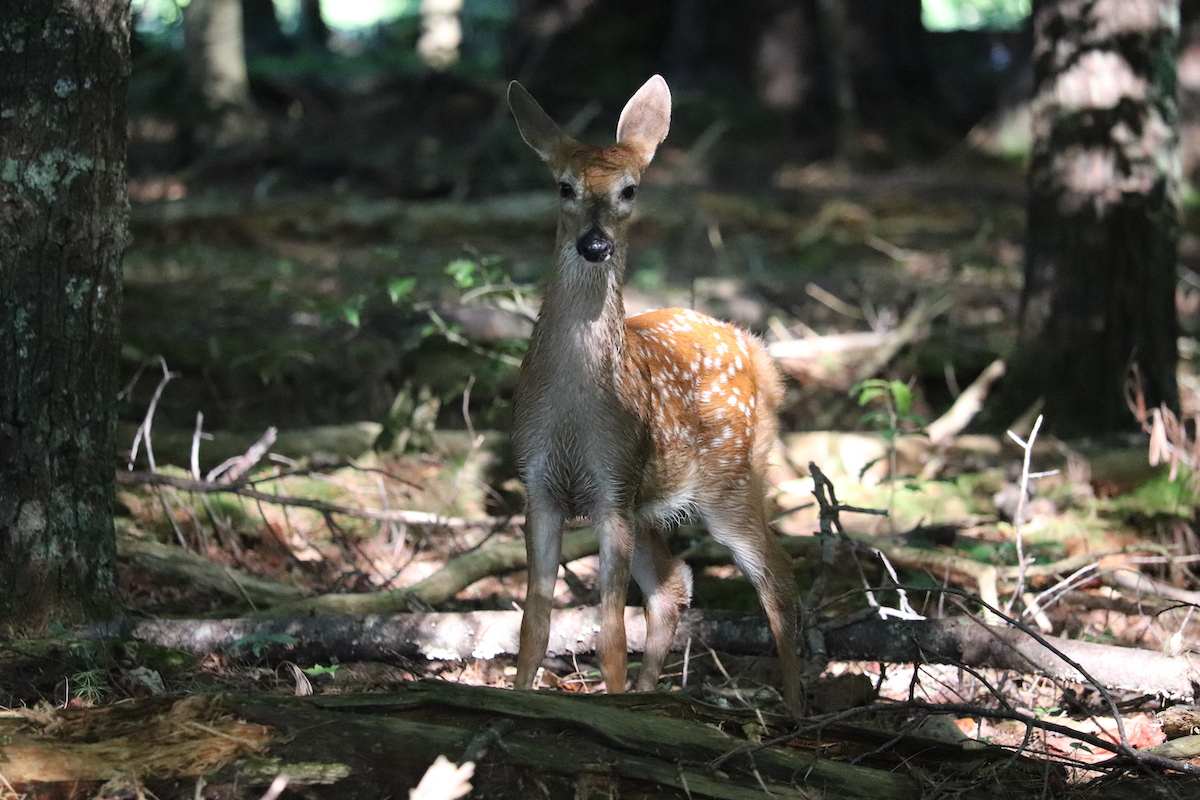

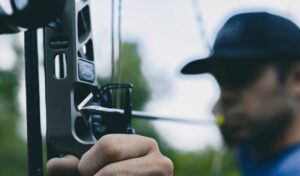
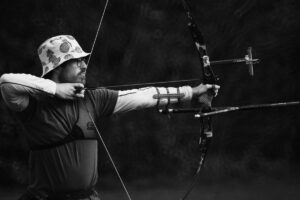
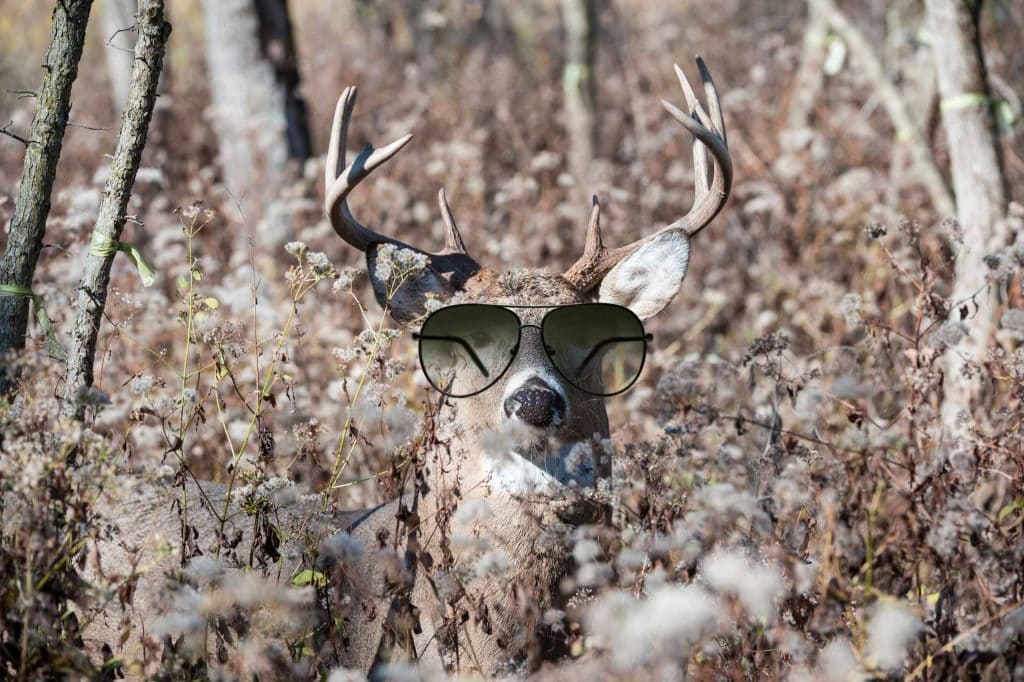
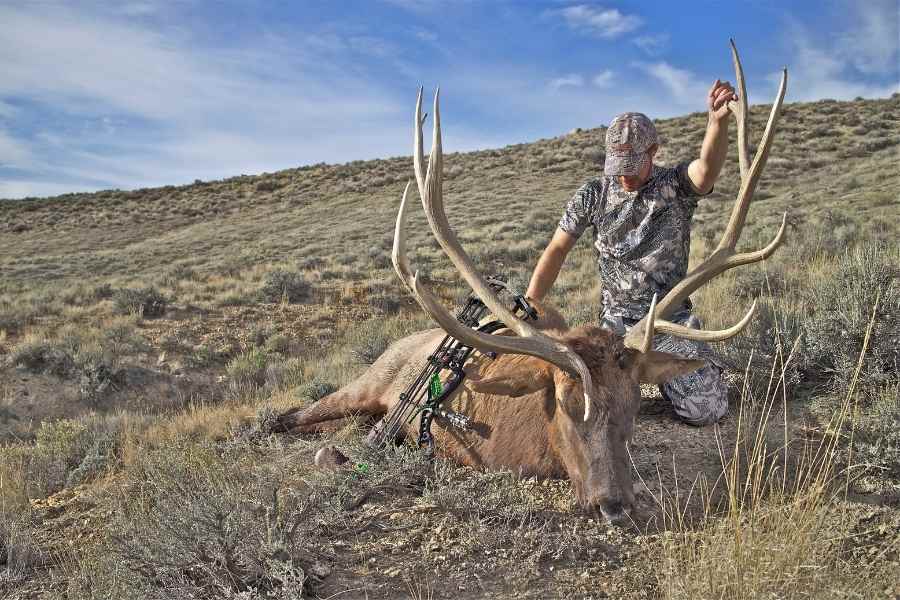
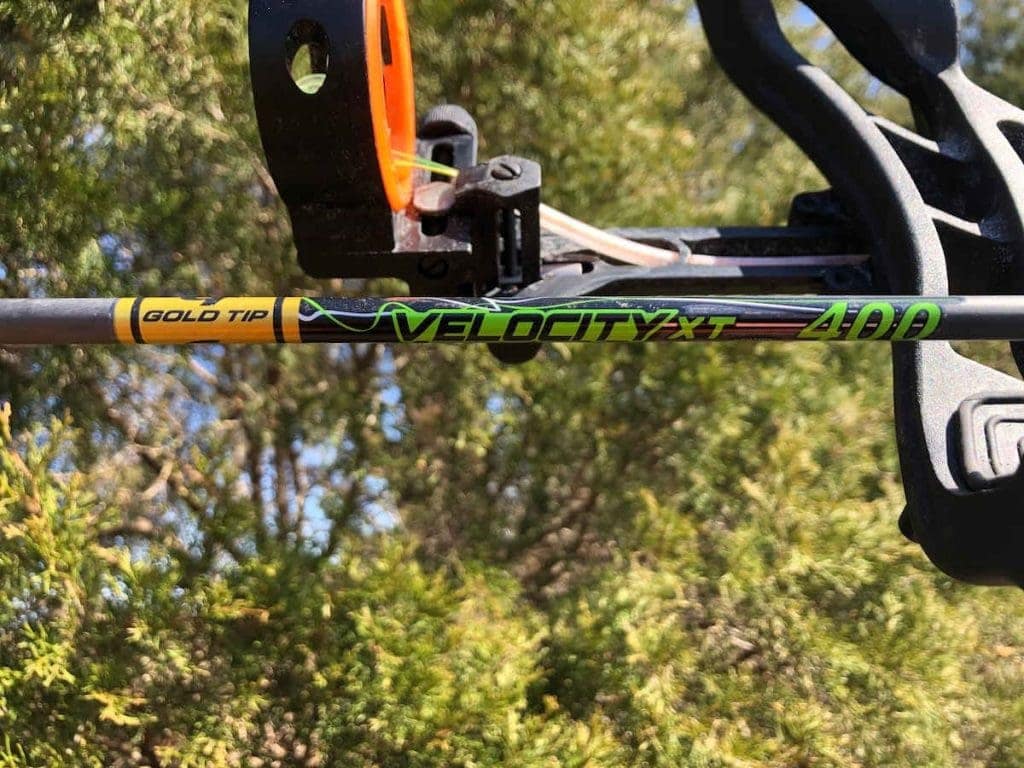
Conversation | 0 comments:
I have a late born fawn on my small farm poor little guy has had hell since he was born. His mother was hit dislocated her hips and she was thin and so terrible looking when I saw her and she had taken him to the bed area beside my house so I kept feed and water for her close so she didn’t have to walk very far so she would be able to make milk for the baby and she used it so the baby did survive. His spots almost faded completely now but is still very small though he is starting to fill in now. He has an abundance of feed and acorns his mother somehow got her hip popped back in but now has been killed by a car but she did manage to get him back up here to the bedding area where she died so baby has been here for about three weeks now without her I am very careful to not make him where he is used to people. He still runs and hollers when he sees me coming near his direction I am worried because the deer coming through here are not accepting him into the herd and with being born so late I feel he really needs to be with the herd or he’s going to not make it through winter. Do you think I could possibly build a windbreak and line it with some cedar bows and stuff from the woods do you think that he would use it He is sleeping under a big oak tree. But the wind break is not real great there I mean basically his wind break is my boat and the oak tree and I live in Missouri, where we are already getting freezing weather if I were to stack up bales of straw kind of semi circle behind the oak tree, do you think that that would work for a bedding area for him. I keep praying that the herd will take him in, but he was born so late, and he is so much smaller than the rest of the young ones. they just keep running him off. I just want to give him a chance to survive winter. Do you think that that would work? or maybe you have some kind of an idea how I can make up an area where he can locate it he stays right in my area so if I put something here he will find it but I don’t want him to be afraid of it I want him to be like hey that looks like a good bed, so any ideas are appreciated.
Hey Joan. Please call the Missouri Wildlife Rescue Center asap (636) 394-1880.
https://www.mowildlife.org/